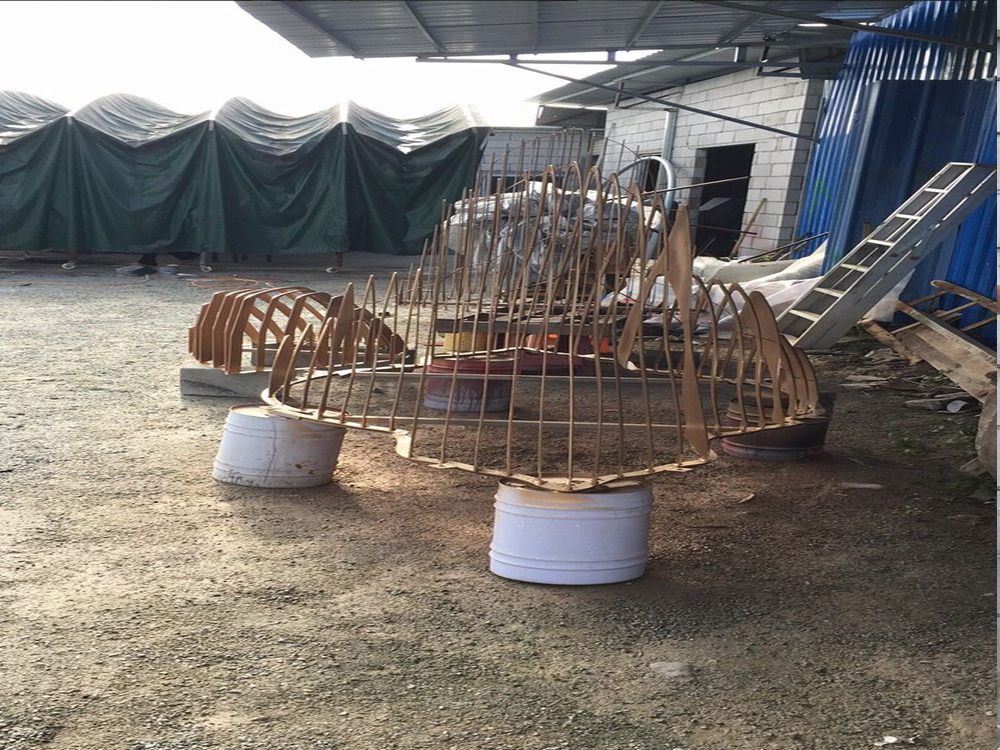
Bronze sculptures are renowned for their durability and timeless beauty, but how do they fare in environments with high levels of agricultural dust? Agricultural dust, composed of soil particles, pollen, and organic debris, can accumulate on bronze surfaces, potentially affecting their appearance and longevity.
One of bronze's key advantages is its natural patina—a protective layer formed by oxidation over time. While this patina helps shield the metal from corrosion, excessive dust buildup can interfere with its development. Dust particles may trap moisture against the surface, accelerating localized corrosion or creating uneven patina patterns.
To mitigate these effects, regular maintenance is essential. Gentle cleaning with a soft brush or damp cloth can remove loose dust without damaging the patina. For heavily soiled sculptures, professional conservators recommend using distilled water and avoiding harsh chemicals that could strip the protective layer.
In particularly dusty regions, applying a thin wax coating (like microcrystalline wax) can provide an additional barrier against abrasive particles. However, this requires periodic reapplication to remain effective.
Interestingly, some artists embrace the interaction between bronze and agricultural environments, allowing dust to subtly alter the sculpture's appearance over time. This natural aging process can add a unique, site-specific character to the artwork.
For collectors and public art installations in farming areas, positioning sculptures under protective overhangs or creating windbreaks can significantly reduce dust accumulation. With proper care, bronze sculptures can maintain their integrity and beauty even in challenging agricultural environments for generations.
Ultimately, while agricultural dust presents some challenges, bronze's inherent resilience makes it one of the most suitable metals for outdoor art in rural settings. The key lies in balancing preservation with the natural aging processes that give bronze sculptures their distinctive charm.

